A Master Post Of Thomas Romain’s Art Tutorials.
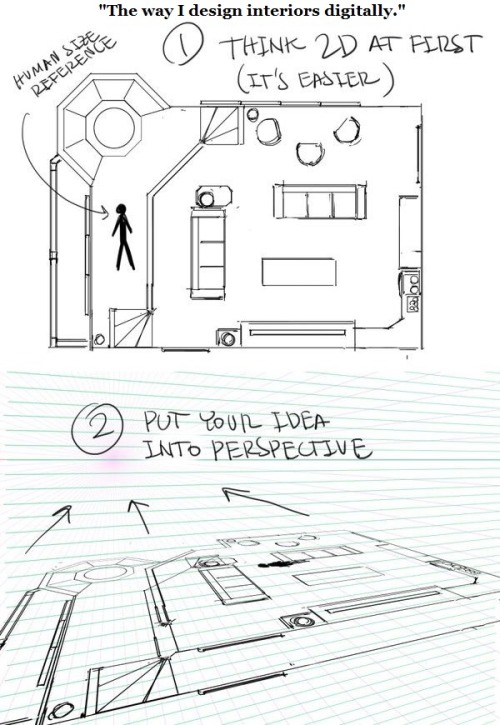

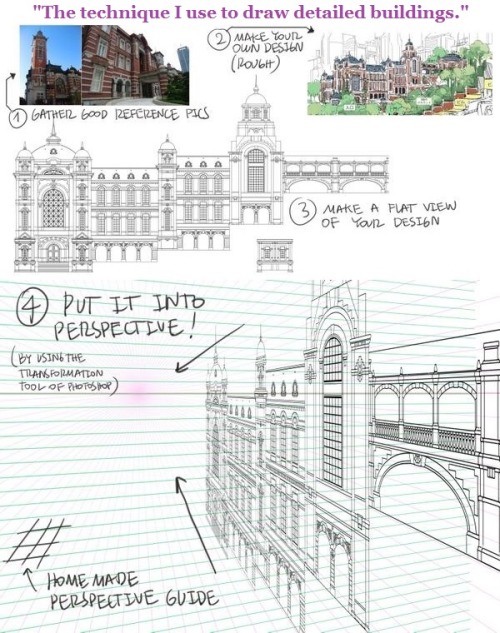
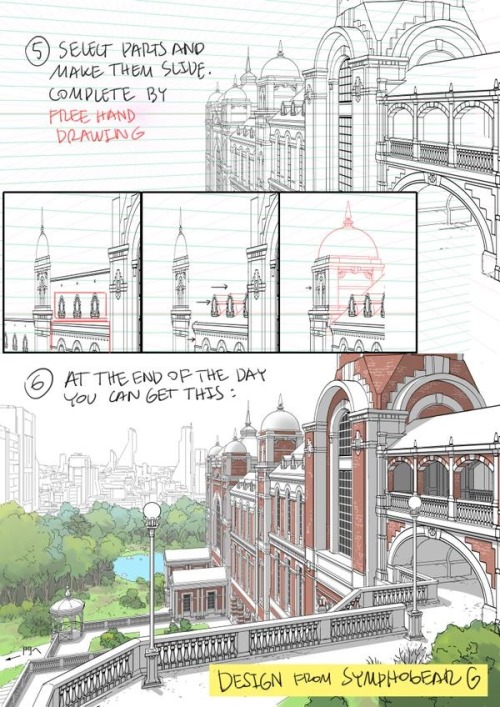




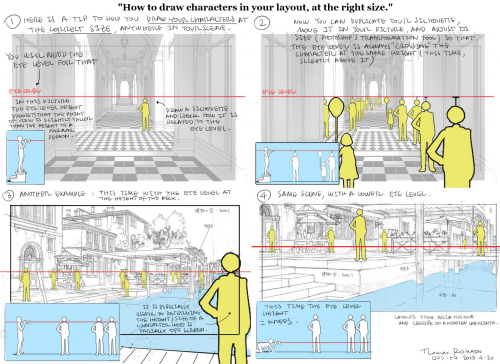
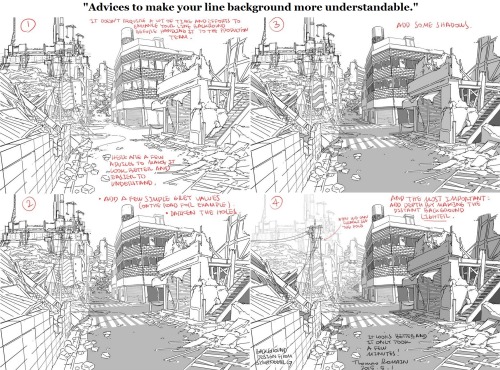
A master post of Thomas Romain’s art tutorials.
There’s not enough space to post all of them, SO here’s links to everything he has posted (on twitter) so far : 1 2 3 4 5 6 7 8 9 10 11 12.
Now that new semesters have started, I thought people might need these. Enjoy your lessons!
More Posts from Horizon32 and Others




Before November's over I just wanted to do a throwback to Huevember last year where I made tributes to my favorite video game environments. It was a really fun challenge to try to imitate each game's style and I'm still super proud of these pieces 💚

No more community gardens
Edits:


![[ 🤍🐇💜 ]](https://64.media.tumblr.com/adc7f3b0dea316fa0cd2e1fdca89d10d/9054b585313a5377-61/s500x750/e6d8a698fa6bf55c05365fa8514e0d48c9e5eac0.png)
[ 🤍🐇💜 ]
You drink something hot, and suddenly, you are also drinking paper.

Did you know they seem to have unique reactions to some foods they eat? I noticed Ravioli absolutely NOT LIKING blue fruit so i had to test this out more
If your pup really enjoys the food you gave them, they'll bounce around


Meanwhile, if they don't really like it, they'll close their eyes and shake their head a little sometimes (Mayo has this reaction to slime mold)


And if they REALLY dislike it, they'll fall to the ground like they're stunned, like saint's reaction to eating batflies. (Ravioli has this reaction to blue fruit, and Beef Stew with eggbug eggs instead)

And sometimes they just have no reaction to what they eat!
Guide to Screenwriting

Patreon || Ko-Fi || Masterlist
–
Writing Characters for The Screen
Film is a very different media through which to build a character and depict their arc as a conflict progresses. It’s important that you contextualize the writing, though it may feel lengthy as you’re working on a script, as a shorter form. Therefore, you’re provided far less time to deliver key information, and you do not the luxury of description to the same extent as you would in a novel or even a short story. Create characters with this in mind. Budget the valuable time they’ll have on screen focusing on information that is key to the viewer’s understanding of both the character themself and the overall plot. They do not need miles of backstory.
Keep reading
*dramatic announcer voice*
“When space poachers release Earth animals on an alien world, threatening a fragile new alliance, they anger the wrong people. A veterinarian, an accountant, and a furious sign-language-fluent gorilla are coming for them.”

Robin enjoys being one of the only humans around: an exotic outsider, strange and tall, with no shell and only two arms. Consulting for locals who want to keep Earth pets is a fine job. But when a swarm of rabbits invade town and humanity is blamed, everything unravels.
If Robin wants to save the alliance between two planets — and keep from getting sent home in disgrace — she has to prove that a powerful crime ring is behind the crisis. Luckily for her, she makes friends who are eager to help: from planetside, from the nearby space station, and recently escaped from the poacher’s ship.
Those poachers may be bug aliens with an excellent range of vision, but they won’t see this coming.
~~~
Img ID: the cover of the sci-fi novel “A Swift Kick to the Thorax.” It features a veterinarian’s prescription pad floating in space, with the title written in the prescription area. A pen floats behind it and a chunk has been bitten out of the pad.
~~~
Available everywhere! With many short stories to go with it, here on the good ol’ hellsite. And there’s plenty more where those came from!
Engineers at the University of Illinois Chicago have built a cost-effective artificial leaf that can capture carbon dioxide at rates 100 times better than current systems. Unlike other carbon capture systems, which work in labs with pure carbon dioxide from pressurized tanks, this artificial leaf works in the real world. It captures carbon dioxide from more diluted sources, like air and flue gas produced by coal-fired power plants, and releases it for use as fuel and other materials.
“Our artificial leaf system can be deployed outside the lab, where it has the potential to play a significant role in reducing greenhouse gases in the atmosphere thanks to its high rate of carbon capture, relatively low cost and moderate energy, even when compared to the best lab-based systems,” said Meenesh Singh, assistant professor of chemical engineering in the UIC College of Engineering and corresponding author on the paper.
Using a previously reported theoretical concept, the scientists modified a standard artificial leaf system with inexpensive materials to include a water gradient – a dry side and a wet side – across an electrically charged membrane.
On the dry side, an organic solvent attaches to available carbon dioxide to produce a concentration of bicarbonate, or baking soda, on the membrane. As bicarbonate builds, these negatively charged ions are pulled across the membrane toward a positively charged electrode in a water-based solution on the membrane’s wet side. The liquid solution dissolves the bicarbonate back into carbon dioxide, so it can be released and harnessed for fuel or other uses.
Read more.
voltage is just how badly the electricity wants to be your friend

doodle
-
 sugarydoughnuts liked this · 4 weeks ago
sugarydoughnuts liked this · 4 weeks ago -
 gforceworks reblogged this · 4 weeks ago
gforceworks reblogged this · 4 weeks ago -
 gforceworks liked this · 4 weeks ago
gforceworks liked this · 4 weeks ago -
 admin-240 liked this · 4 weeks ago
admin-240 liked this · 4 weeks ago -
 call-me-casual liked this · 4 weeks ago
call-me-casual liked this · 4 weeks ago -
 binery-code reblogged this · 4 weeks ago
binery-code reblogged this · 4 weeks ago -
 dunkinbublin liked this · 4 weeks ago
dunkinbublin liked this · 4 weeks ago -
 hetaliaveteran liked this · 4 weeks ago
hetaliaveteran liked this · 4 weeks ago -
 bassic-ally reblogged this · 4 weeks ago
bassic-ally reblogged this · 4 weeks ago -
 bassic-ally liked this · 4 weeks ago
bassic-ally liked this · 4 weeks ago -
 greyrowan reblogged this · 4 weeks ago
greyrowan reblogged this · 4 weeks ago -
 the-song-of-stars liked this · 4 weeks ago
the-song-of-stars liked this · 4 weeks ago -
 rrodey liked this · 4 weeks ago
rrodey liked this · 4 weeks ago -
 iamablinkmarvelarmy reblogged this · 1 month ago
iamablinkmarvelarmy reblogged this · 1 month ago -
 iamablinkmarvelarmy liked this · 1 month ago
iamablinkmarvelarmy liked this · 1 month ago -
 cg29 liked this · 1 month ago
cg29 liked this · 1 month ago -
 mariashades reblogged this · 1 month ago
mariashades reblogged this · 1 month ago -
 mariashades liked this · 1 month ago
mariashades liked this · 1 month ago -
 dragonoffantasyandreality reblogged this · 1 month ago
dragonoffantasyandreality reblogged this · 1 month ago -
 dragonoffantasyandreality liked this · 1 month ago
dragonoffantasyandreality liked this · 1 month ago -
 somnousbutler reblogged this · 1 month ago
somnousbutler reblogged this · 1 month ago -
 nanaqcime liked this · 1 month ago
nanaqcime liked this · 1 month ago -
 vaguebitsofnonsense reblogged this · 1 month ago
vaguebitsofnonsense reblogged this · 1 month ago -
 vaguebitsofnonsense liked this · 1 month ago
vaguebitsofnonsense liked this · 1 month ago -
 queer-and-exhausted liked this · 1 month ago
queer-and-exhausted liked this · 1 month ago -
 46-reasonable-hamsters reblogged this · 1 month ago
46-reasonable-hamsters reblogged this · 1 month ago -
 46-reasonable-hamsters liked this · 1 month ago
46-reasonable-hamsters liked this · 1 month ago -
 triple-a-battering-ram reblogged this · 1 month ago
triple-a-battering-ram reblogged this · 1 month ago -
 triple-a-battering-ram liked this · 1 month ago
triple-a-battering-ram liked this · 1 month ago -
 transientmuffins liked this · 1 month ago
transientmuffins liked this · 1 month ago -
 en-tailsgaythings reblogged this · 1 month ago
en-tailsgaythings reblogged this · 1 month ago -
 en-tailsgaythings liked this · 1 month ago
en-tailsgaythings liked this · 1 month ago -
 wordypelican liked this · 1 month ago
wordypelican liked this · 1 month ago -
 extrogem liked this · 1 month ago
extrogem liked this · 1 month ago -
 seethums reblogged this · 1 month ago
seethums reblogged this · 1 month ago -
 seethums liked this · 1 month ago
seethums liked this · 1 month ago -
 griffonatrix reblogged this · 1 month ago
griffonatrix reblogged this · 1 month ago -
 helplessavacado liked this · 1 month ago
helplessavacado liked this · 1 month ago -
 pretty-art-inspiration reblogged this · 1 month ago
pretty-art-inspiration reblogged this · 1 month ago -
 space-adora reblogged this · 1 month ago
space-adora reblogged this · 1 month ago -
 space-adora liked this · 1 month ago
space-adora liked this · 1 month ago -
 mindless-reblogger reblogged this · 1 month ago
mindless-reblogger reblogged this · 1 month ago -
 anxi3tysw0rd liked this · 1 month ago
anxi3tysw0rd liked this · 1 month ago -
 aimless-passerby reblogged this · 1 month ago
aimless-passerby reblogged this · 1 month ago -
 youroko liked this · 1 month ago
youroko liked this · 1 month ago -
 d3d9 liked this · 1 month ago
d3d9 liked this · 1 month ago